In the center of Botswana we find a very interesting area which is a large salt marsh that stretches for about 12,000 km². This salt march is divided by the main road that runs from Maun to Nata, forming two National Parks: Nxai Pan National Park and Makgadikgadi Pan National Park.
Nxai Pan Park covers an area of about 2,570 km² and is part of the Makgadikgadi complex, the large salt marshes formed by what were once large salt lakes.
The main entrance to the park is the Makolwane Gate, 140 km from Maun or 60 km west of Gweta. A 4×4 car is a must to visit as there are roads with a lot of sand. Lower your tire pressure so you don’t get stuck and refill the tank at Gweta, or before.

During the rainy season, these salt marshes are covered with grass and water, making it a very attractive place for animals to eat and drink. Access by car at this time can be difficult due to the state of the road with rain. If you go there in the winter, don’t forget to bring thick winter clothes, as the temperature drops sharply at sunset. From May to September, during the dry season, the state of the roads is better but wildlife sightings are less frequent.
Wildlife sightings are seasonal, depending on migration and rainfall. The best time to visit the Park is from December to April. You can see zebras, wildebeests, impalas, oryx, gazelles, giraffes, lions, brown hyenas, etc. Elephants and buffaloes can also be seen less frequently.
To the south of the park, about 30 km from the main entrance gate, are the Baine Baobabs, seven magnificent baobabs that stand in the middle of the salt flats and which was discovered by the South African artist and explorer Thomas Baine who painted and immortalized in his works. Thomas Baine, accompanied Dr. Livingstone on his journey along the Zambezi River and was one of the first white men to see Victoria Falls. He also accompanied James Chapman during his travels and he made extensive use of photography and painting to document and illustrate his journey. It was during these explorations that he discovered the baobabs of Nxai Pan.
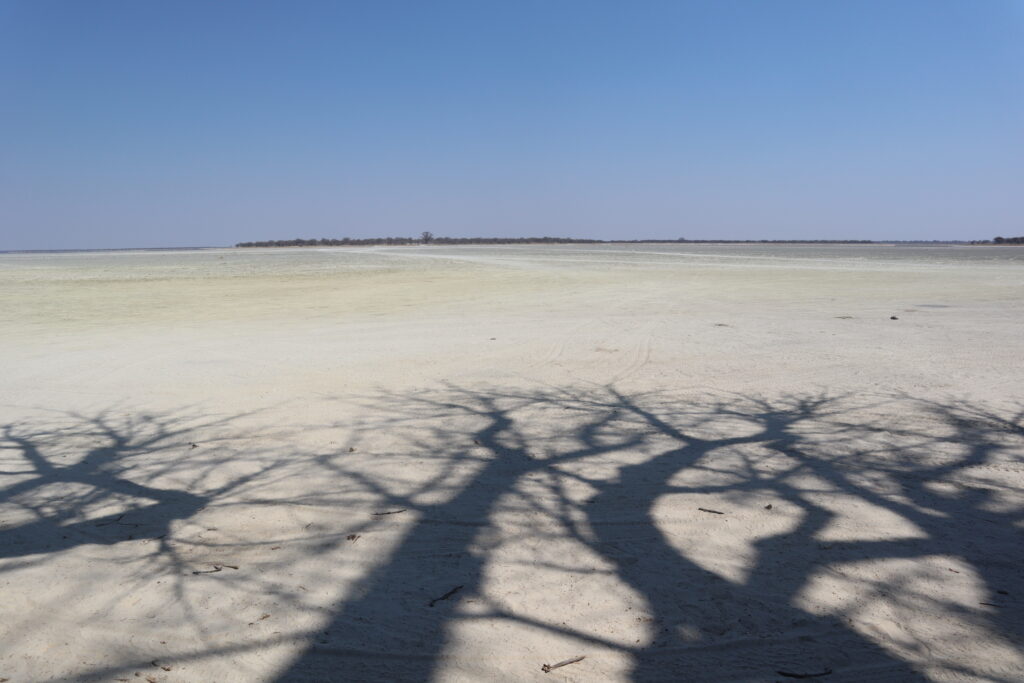
To access Nxai Pan, you have to pay 120 pulas per person and 50 pulas per vehicle. We recommend a mid-morning visit to the southern part of the park and then continue the route until you reach Nata or the Makgadikgadi Pan area.

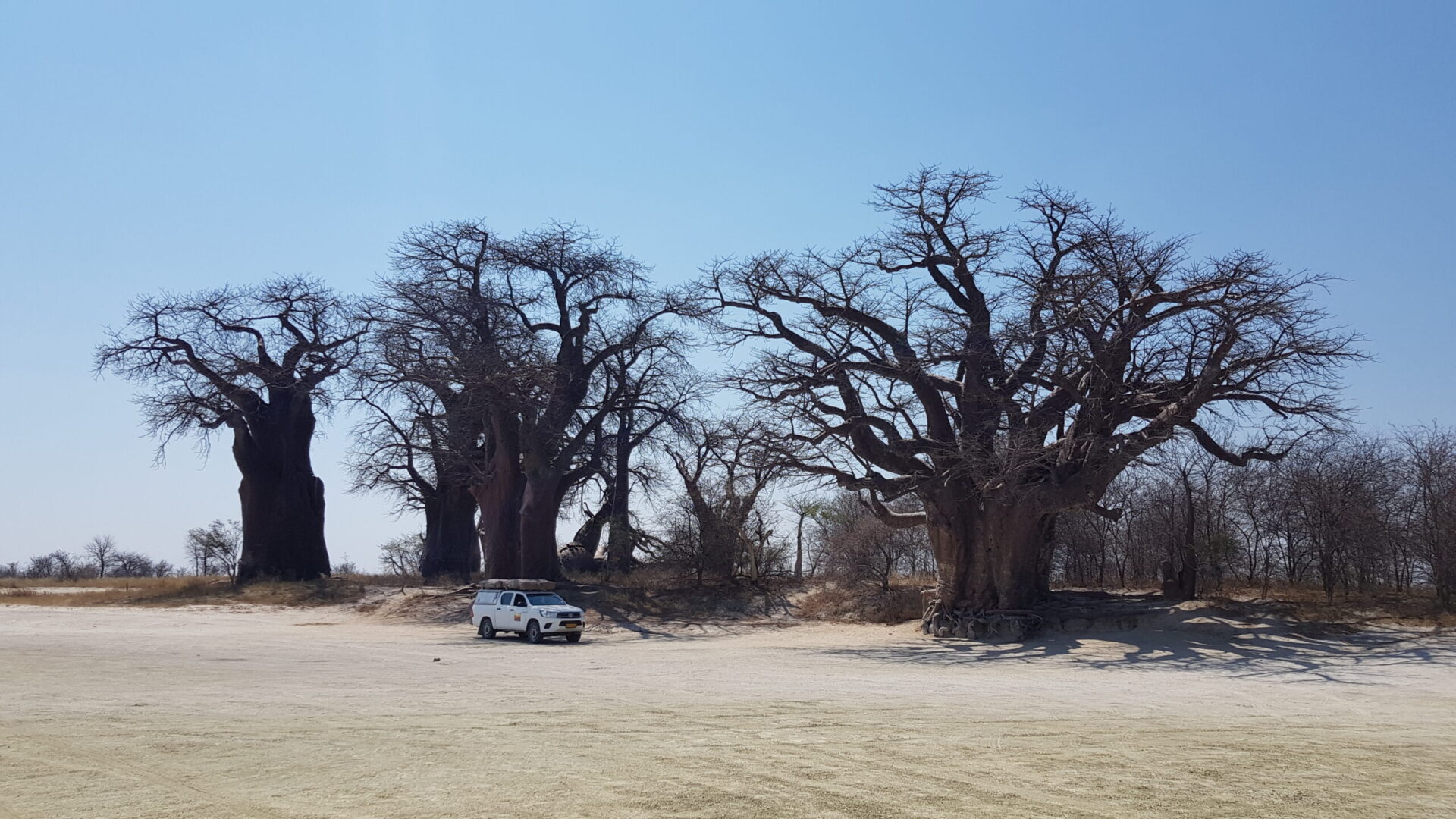
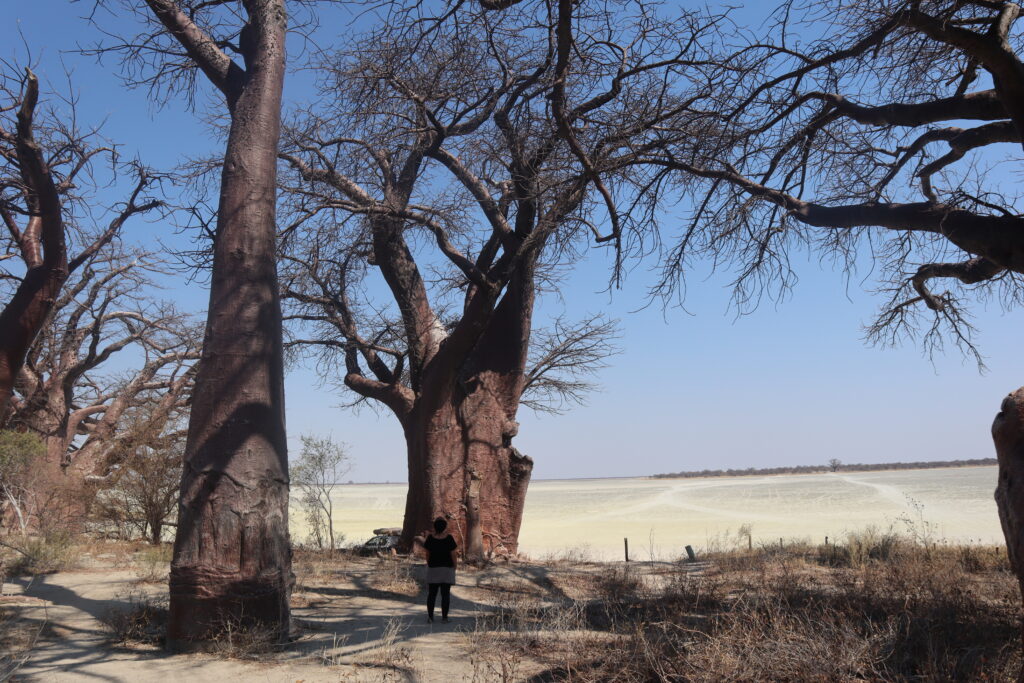


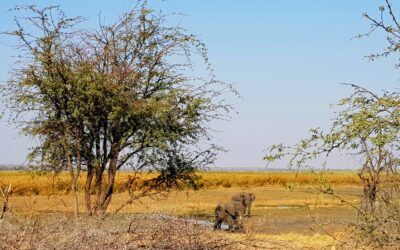
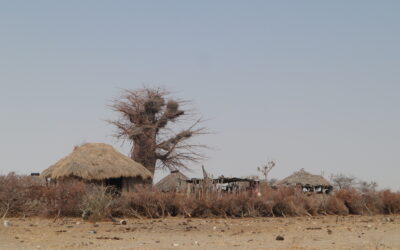
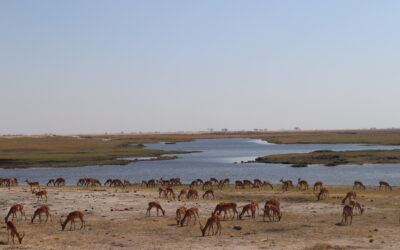

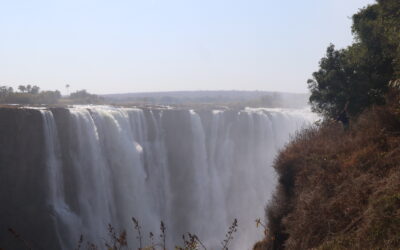

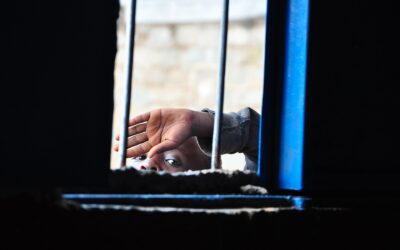


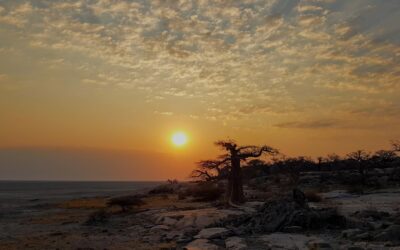
0 Comments